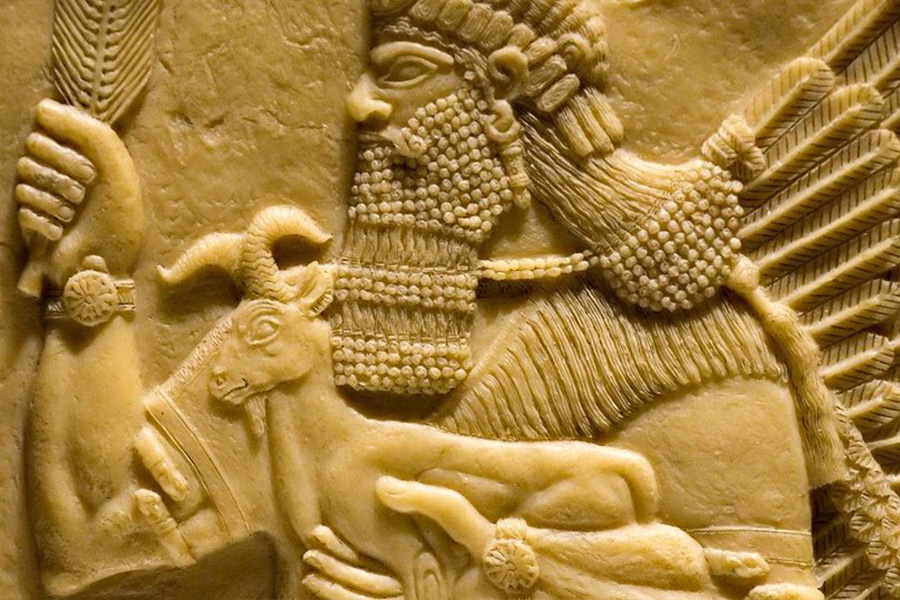The word sham (𐤔𐤌) or “Shem” is associated with two meanings. The first meaning is that of “name” from which the meanings of byword, fame, famous, memorial, renown, report, and repute are derived. The last association of the word is with the middle or second 𐤁𐤍 (ban) of 𐤍𐤅𐤇 (Nauakh).
𐤔𐤌 (Sham) is the middle or second 𐤁𐤍 (ban) of 𐤍𐤅𐤇 (Nauakh) who was given the following lands by his father when he divided the earth: Eastern Africa (known as the Middle East in the 21st century), Turkey, Georgia, middle and eastern Russia. The previous border stretches to Russia’s Pacific Ocean border, Japan, the Philippines, and Malaysia.
He is the father of 𐤏𐤉𐤋𐤌 (Āyalam), 𐤀𐤔𐤇𐤅𐤓 (Ashakhauar), 𐤀𐤓𐤐𐤊𐤔𐤃 (Araphakashad), 𐤋𐤅𐤃 (Lauad), and 𐤀𐤓𐤌 (Aram). He is the progenitor of the Asiatic people; including the Negroes (Afro-Asiatic), and melanin-filled Asiatic people. Euro-Asiatic people are also related to him, however, they are heavily intermixed with 𐤉𐤐𐤕 (Yaphat)’s lineage.
Extended Study for 𐤔𐤌 (sham)
To read the study guide entry that elaborates on 𐤔𐤌 (sham) then join our Extended Study Membership at https://www.paleohebrewdictionary.org/extended or use phdict.org/extended to share a short link with others.





